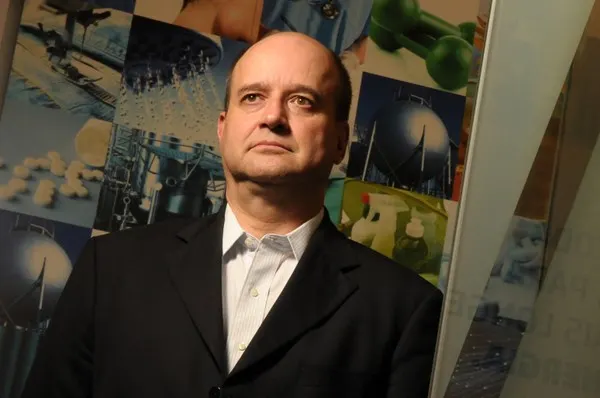Forecasts for late 2025 range from $55 to $70, with geopolitical risks in play
Forecasting oil and natural gas prices has become more difficult amid heightened market uncertainty—a view widely shared among experts in the global oil and gas sector. Estimating the price of Brent crude, the world’s main benchmark, at the end of 2025 now demands caution, according to specialists attending the S&P Global Commodity Insights conference, which opened Tuesday and continues today in Rio de Janeiro.
Brent futures for October delivery closed down 0.77% on Tuesday at $66.12 per barrel. Markets are now focused on the upcoming meeting between U.S. President Donald Trump and Russian President Vladimir Putin in Alaska on Friday, which could again jolt global markets.
Several trends emerged from the S&P discussions given the current geopolitical backdrop: possible shifts in oil and refined product trade flows, a relatively stable Brent price outlook, and the tension between advancing the energy transition and rising fossil fuel consumption.
In recent years, oil majors—particularly European ones—have shifted course, scaling back investments in renewables to refocus on oil and gas production, as wars and geopolitical disruptions involving major producers reshaped the landscape. This has been compounded by Mr. Trump’s return to the White House.
Mr. Trump withdrew the United States from the Paris Agreement, launched a global tariff war—including with Brazil—and has so far failed to mediate the war between Russia and Ukraine. He has also played a prominent role in the conflict between Israel and Hamas in Gaza and expanded incentives for fossil fuel production. One of his latest remarks to unsettle the sector was the possibility of imposing sanctions and additional tariffs on countries that buy oil and gas from Russia.
“One key point is the ‘three Ts’: Trump, tariffs, and trade disputes,” said Dan Pratt, senior vice president for upstream solutions at S&P Global. Should the U.S. impose sanctions on purchases from Russia, crude and refined product prices would likely rise, he said, prompting closer scrutiny of exports from China and the Middle East.
In Brazil, diesel supplies remain stable, according to Symone Araújo, director of the National Petroleum Agency (ANP). On average, diesel imports have accounted for 27% to 30% of supply, much of it from Russia. “We will always stay alert. We have already been, to a large extent, living with these market fluctuations,” Ms. Araújo said.
Sylvia Anjos, Petrobras’ director of exploration and production, stressed that the company’s portfolio is resilient to low Brent prices, but said it is optimizing costs to weather a period of lower quotations. “You can’t go through more turbulent scenarios without capital resilience,” she said.
Panel discussions and private conversations at the S&P event pointed to year-end Brent price estimates ranging from $55 to $70 a barrel—always with the caveat that forecasts could change after Friday’s Trump–Putin meeting.
Brazil, meanwhile, is seen as an important player in an environment of retreating decarbonization targets and plans. The country’s leadership will be tested later this year when it hosts COP30 in Belém, where oil companies are expected to take part.
“Countries will turn inward, and this [reduced multilateralism] will affect the energy transition,” said Roberto Ardenghy, president of the Brazilian Petroleum and Gas Institute (IBP). He warned that reduced international cooperation will slow the flow of technology and expertise on decarbonization. Mariana Espécie, special adviser to the Ministry of Mines and Energy, added: “Countries must step up planning efforts to achieve targets in concrete terms.”
“From our platform to LinkedIn’s energy professionals – your announcements reach the entire sector’s network, not just our readers.”















